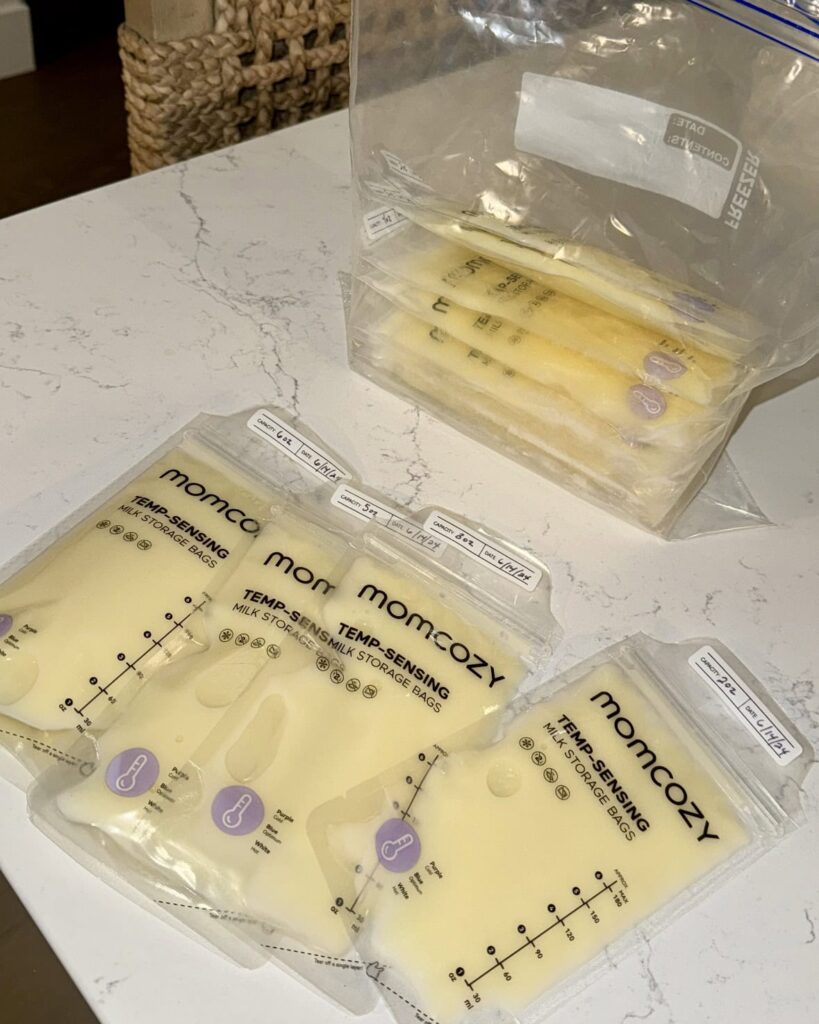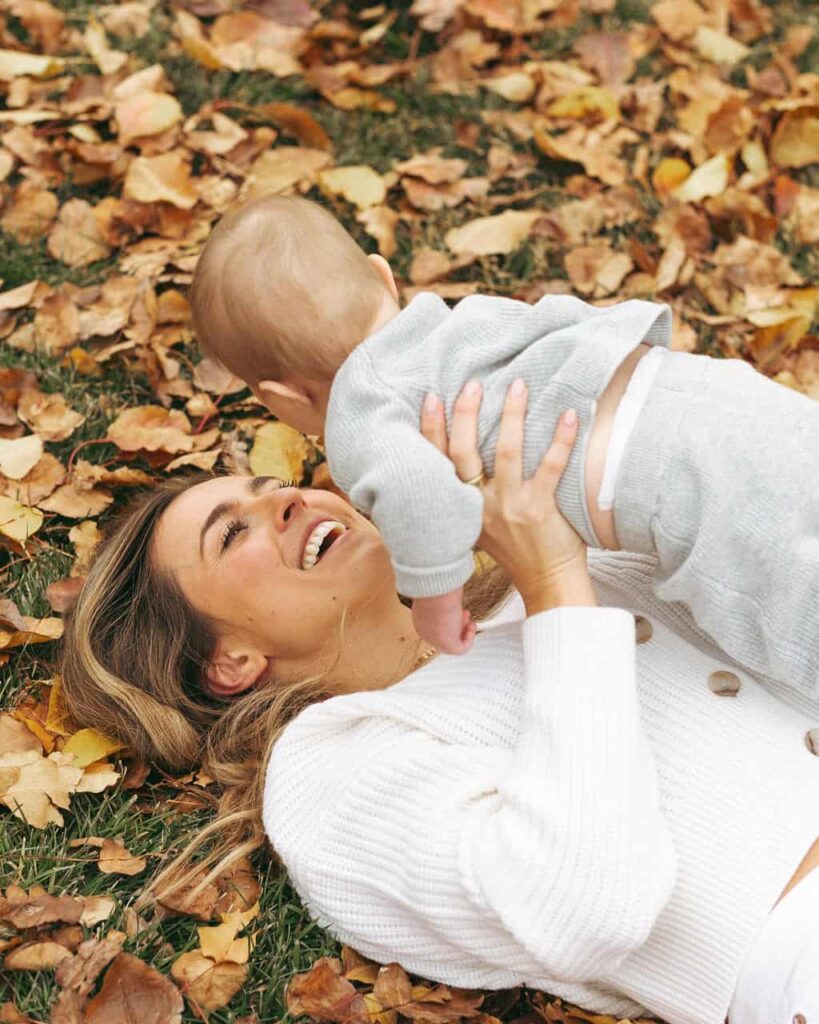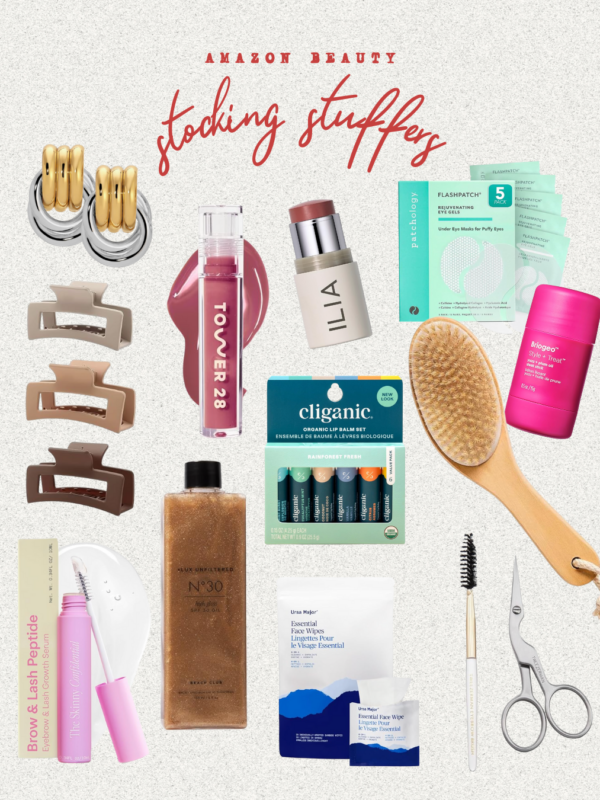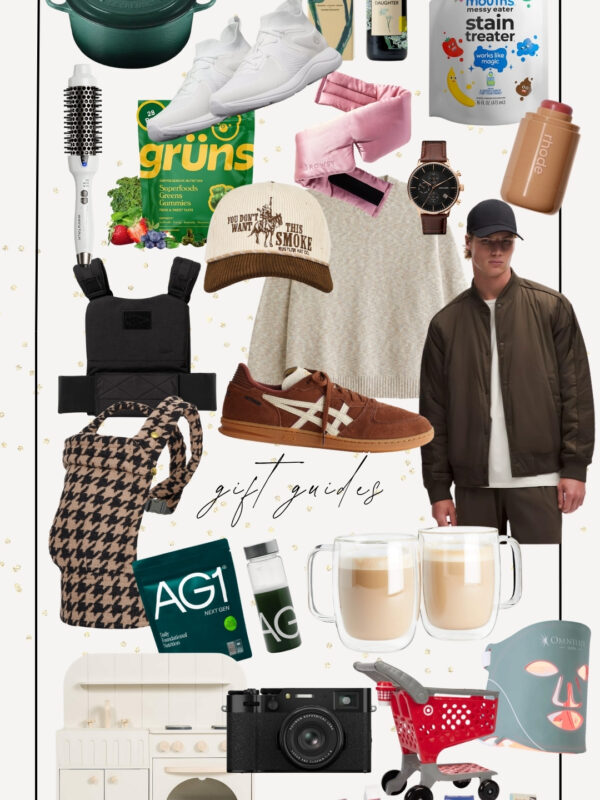
Breastfeeding is something many moms expect to come naturally — until an unexpected issue pops up. For me, that moment came when I realized my carefully stored freezer stash hadn’t actually gone bad, even though my baby wanted nothing to do with it. I had frozen breast milk ready for Hayes, but when I thawed it, he refused it completely. The culprit? High lipase breast milk — something I had never heard of before.
What Is High Lipase in Breast Milk?
High lipase breast milk occurs when the enzyme lipase breaks down fats in stored breast milk more quickly than usual. Lipase is naturally present in all breast milk and plays an important role in helping babies digest fat. However, for some moms, lipase activity causes stored milk to develop a soapy, metallic, or sour taste and smell after being refrigerated or frozen.
It’s important to know that high lipase breast milk is completely safe for your baby. The change is in taste — not quality or nutrition. Many babies will drink high lipase milk without any issues, while others may suddenly refuse thawed or refrigerated milk even though they nurse just fine at the breast.
This can be especially frustrating for pumping moms who rely on stored milk for childcare, travel, or returning to work.
I got so many tips from you guys and the internet, but I wish I’d known to test my milk before freezing an entire stash. Once I figured it out, I started using the scalding method, where you heat fresh milk on the stove until tiny bubbles form around the edges (but before boiling), then cool it quickly and freeze. This stops the enzyme activity that causes the flavor change. It was a game-changer for us moving forward.
Read more here for when I found out all my milk I had froze went “bad.”

How to Test Your Breast Milk for High Lipase
If you suspect high lipase, testing your milk is simple and can be done at home.
Step-by-step test:
- Pump fresh breast milk and note the time.
- Store it in the refrigerator.
- Smell and taste the milk after:
- 6 hours
- 12 hours
- 24 hours
- Continue testing daily for up to 3 days.
If the milk starts to taste or smell soapy or sour over time, lipase is likely the cause.
Tip: Always taste a small amount — breast milk tasting is safe and commonly recommended by lactation consultants.
This test helps you determine how quickly lipase affects your milk, which is important when deciding storage and scalding strategies.
Tips For Mamas With High Lipase Milk
Here are some ways to tackle high lipase if you’re facing the same challenge:
- Test Early To Know If Your Milk Is Affected
Apparently, your breast milk can change with each baby you have, so it’s helpful to know early on if your milk is affected. Freeze a small amount of milk for a few days, then thaw and taste or smell it. This quick test can save you from building a stash your baby might reject. - Scald Your Milk
If your milk is high lipase, heat freshly pumped milk (or milk that has been in the fridge for one or two days depending on how high lipase your milk really is) in a saucepan on the stove until you see bubbles form around the edges (just below boiling), stirring constantly. I cool the saucepan quickly in an ice bath, then disperse into portioned milk freezer bags, label, and freeze. While this can slightly reduce nutrients, it keeps the milk palatable for your baby. I figure that if I’m able to continue nursing and pumping on-demand, he’s going to get all the nutrients he needs from my milk, and we will just supplement with the scalded frozen milk whenever we decide to implement that. - Mix Fresh and Frozen
If your baby dislikes the taste of the frozen high-lipase milk, try mixing it with fresh milk to see if that helps. - Use Alcohol-Free Vanilla
I have yet to try this tip, but so many people recommended it. It can mask the bad taste of the high-lipase milk enough for some babies to consume. - Use Your Milk Strategically
Even if your baby won’t drink it straight, high lipase milk can still be used other baby-friendly recipes once they’re older. I.e. mixing with purees, in smoothies, etc. - Use In Milk Baths Or For Skin Issues
This is a big one! Breast milk is so healing topically. If your baby has a diaper rash, eczema, or another skin condition, try adding your frozen high lipase milk to their warm baths. - Consider Milk Donation
If your baby truly won’t drink the milk, look into donating to a milk bank where it can help other babies in need.

Facts & Questions About High Lipase Breast Milk
Is high lipase breast milk safe for my baby?
Yes — high lipase breast milk is completely safe for your baby. Lipase is a natural enzyme found in all breast milk and helps babies digest fats. When milk is high in lipase, the enzyme breaks down fats more quickly during storage, which can change the smell and taste, but not the safety or nutritional value.
If your baby drinks stored milk without any issue, there is no need to change how you store or use your milk. Some babies are simply more sensitive to the taste, which is why they may refuse thawed or refrigerated milk even though it’s perfectly safe.
Why does high lipase milk smell or taste soapy?
High lipase milk smells or tastes soapy because the lipase enzyme breaks down milk fats into fatty acids more rapidly than usual. These fatty acids are what create the soapy, metallic, or sour flavor that many parents notice after milk has been stored.
This flavor change happens during storage, not right after pumping. Fresh breast milk usually tastes mild and slightly sweet, but as lipase continues to work over time, the breakdown of fats becomes more noticeable — especially after refrigeration or freezing.
How quickly does stored breast milk change flavor?
How fast breast milk changes flavor depends on how active lipase is in your milk. For some parents, the taste change happens within a few hours, while for others it may take 24 to 72 hours in the refrigerator.
This is why testing your milk over time can be helpful. By tasting or smelling milk at different intervals after pumping, you can learn how quickly lipase affects your milk and decide whether scalding or freezing sooner is necessary.
Does scalding breast milk destroy nutrients?
Scalding breast milk does not make it unsafe, but it can slightly reduce certain heat-sensitive nutrients and immune properties, such as some antibodies. However, scalded breast milk still provides significantly more nutritional and immune benefits than formula.
For babies who refuse high lipase milk, scalding is often a worthwhile trade-off because it allows them to continue receiving breast milk rather than discarding stored milk altogether. Many lactation consultants recommend scalding when taste changes interfere with feeding.

Breastfeeding is hard enough without feeling like your hard-earned milk is wasted. High lipase doesn’t mean you can’t have a stash—it just means a few extra steps. Hang in there, mama. You’re doing amazing!
















Hi,
I had this issue and a naturopath that I saw at the time (this was years ago) suggested adding fat to the milk before storing in the freezer. Whatever fat you feel is safe. At the time I added a little flax oil. It solved the problem. My mild would taste like metal. But adding just a few tiny drops of fat helped.